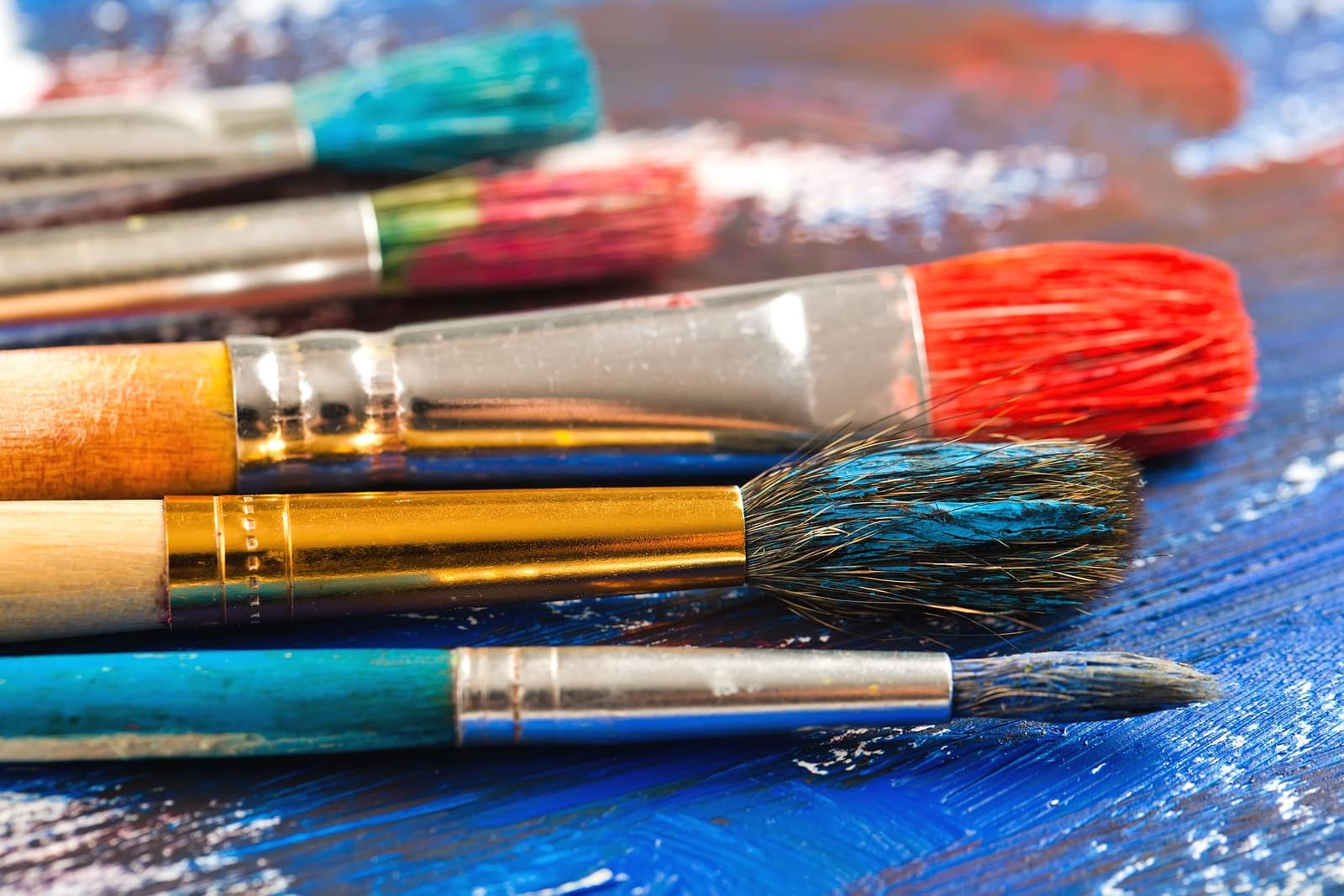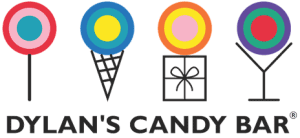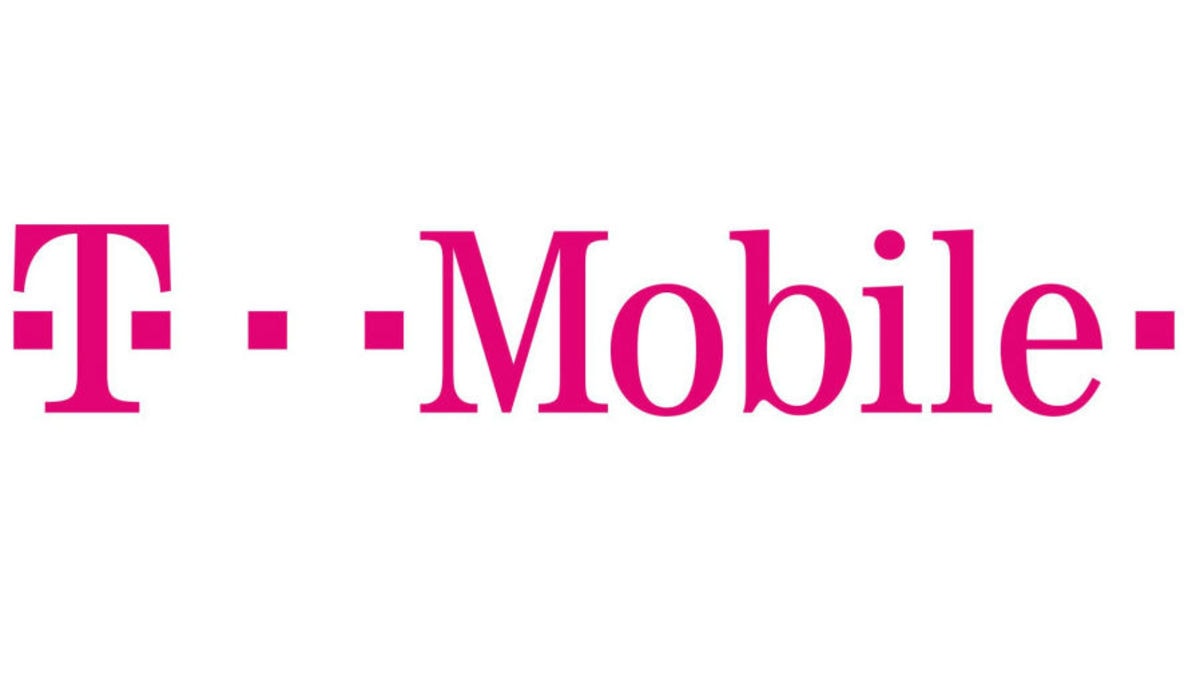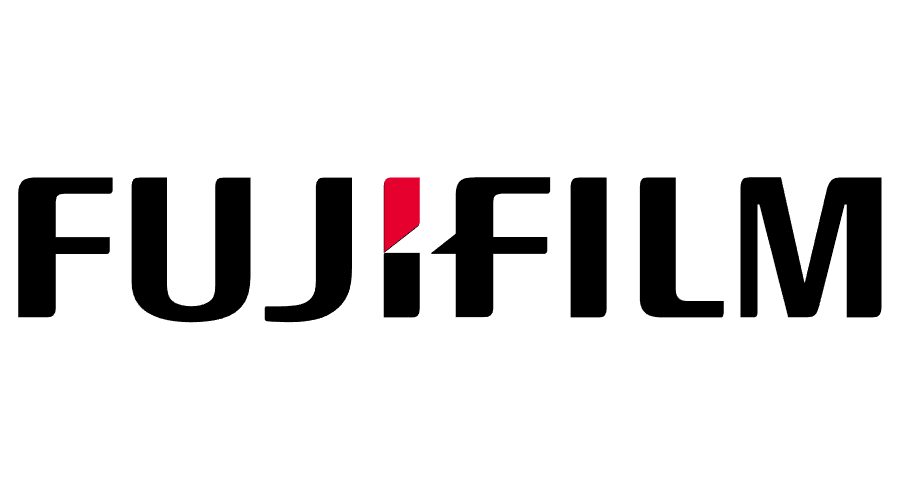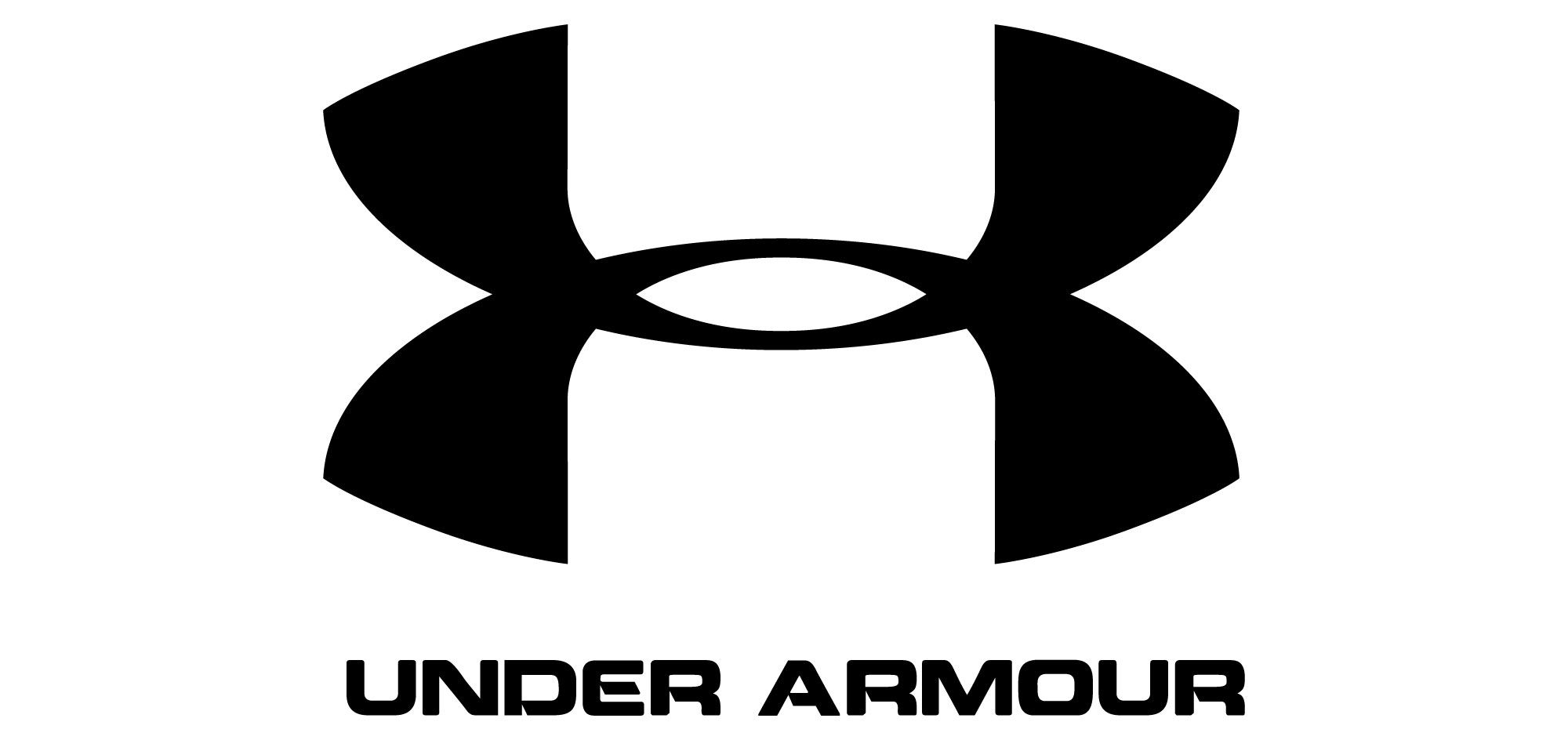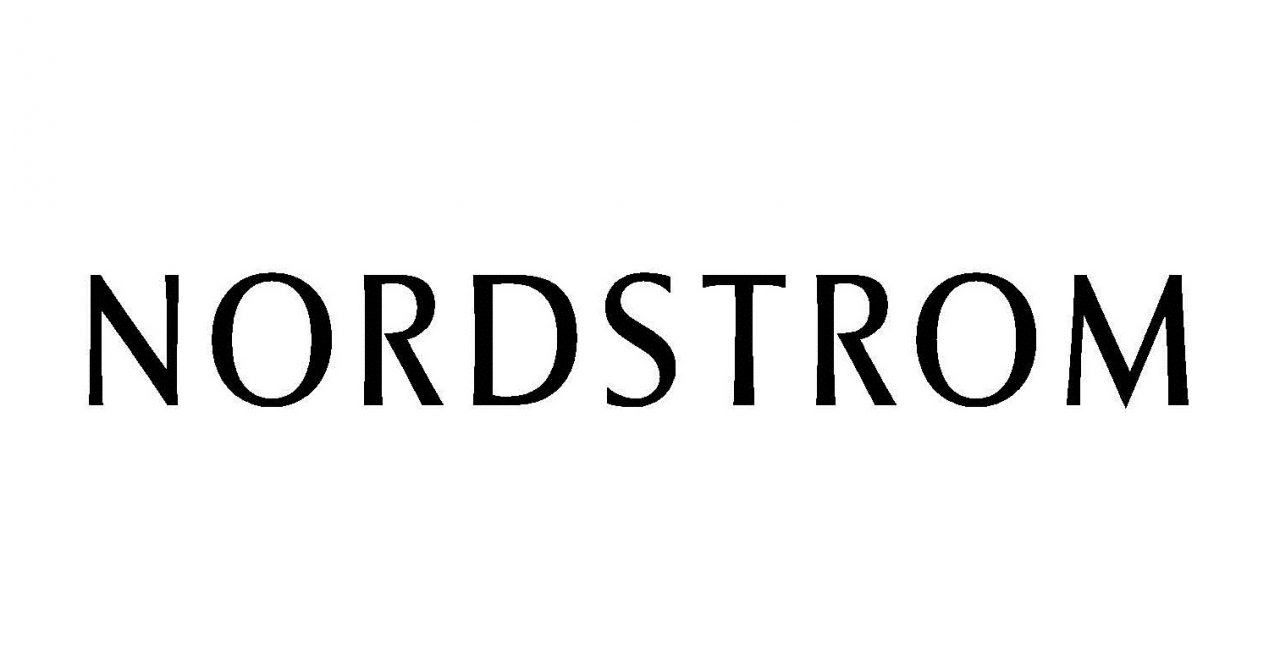Key Takeaways
- Utilize High-Contrast Color Pairings
Combining light and dark colors improves readability and visibility. Examples include black and yellow or white and blue. Strong contrast ensures signage stands out from a distance. - Apply Complementary Colors for Maximum Impact
Colors opposite each other on the color wheel create vibrant contrast. Blue and orange or red and green attract attention quickly. These combinations make signage more visually striking. - Mix Warm and Cool Colors for Balance
Warm tones like red and yellow create energy, while cool tones like blue and green offer calmness. A mix of both adds depth and visual appeal. Balanced color schemes engage a wider audience. - Consider the Psychological Effects of Colors
Different colors evoke specific emotions and behaviors. Red conveys urgency, blue builds trust, and green promotes relaxation. Choosing the right colors enhances brand messaging and customer response. - Maintain Brand Consistency Across Signage
Stick to your brand’s color palette for a professional and cohesive look. Consistent colors improve brand recognition and customer trust. A unified color scheme reinforces your company identity.
Are you having trouble deciding on a color scheme for your retail signage? The right choice of colors can have a huge impact on the effectiveness of your signage, with an excellent color scheme often resulting in a measurable increase in sales.
A dull or uninteresting color scheme, on the other hand, can make even the finest of headlines or selling points go ignored or completely unnoticed by the vast majority of your target audience.
Color is one of the most important elements of design. When you’re designing a sign to attract attention and encourage people to come into your retail store, it’s vital to choose colors that create the right type of response.
From high-contrast classics like white and black to more elegant color schemes, in this guide, we’ll discuss three of the most effective color combinations that you can use in your retail signage.
Blue and white
Blue and white are two of the most versatile colors – or, in the case of white, shades – available to designers. Both light and dark blue look fantastic alongside white in a range of settings, from brochures and business cards to retail signage.
Using blue and white in your signage is a great way to attract attention and create a powerful visual contrast without using a high-contrast combination that’s as intense and powerful as white and black.
Blue text on a white background is highly readable, all the while without being too boring or plain. White text on a blue background stands out from its surroundings, setting your business’s signage apart from its competitors.
As well as being a high-contrast color combination, blue and white look fantastic in an incredible range of settings, making the two colors a versatile choice for business branding as well as direct marketing.
White and black
When it comes to getting noticed, the key to success is often contrast. Whether they are used in a retail sign or a brochure, white and black are a powerful combination of shades that can have a powerful impact on prospective customers.
Thanks to the incredible amount of contrast between white and black, signs that use these two shades stand out. Even from a distance, black text on a white background, or white text on a black background, is easy to read and extremely distinctive.
Many web designers also argue that black-on-white text is easier to read on an LCD monitor, although opinions differ. Despite this, it’s undeniable that light-on-dark is an extremely powerful color scheme that commands attention.
While the white and black color scheme is far from subtle and largely unsuitable for many businesses, it’s a powerful combination that can be highly effective for a direct marketing campaign or retail sign that just needs to be noticed.
Yellow and red
An international favorite of fast food chains, yellow and red are a powerful choice of colors that have several advantages. Yellow and red are both warm colors, as well as highly visible colors that can easily be spotted from a distance.
Have you ever noticed that red and yellow are both used extensively by fast food chains? The reason for this is simple: red and yellow are so powerful that they’re easy to spot from roadways and side streets.
They’re also welcoming colors that inspire action. Red is viewed by psychologists as a color that can stimulate the appetite. Likewise, yellow is associated with warmth, happiness and energy, making it an excellent choice for encouraging rapid action.
Although yellow and red may not have the incredible contrast or black and white or blue and white, this color combination’s psychological effect makes it an excellent choice for brands that want to stand out and create a positive impression.
FAQs
- Why are high-contrast colors important for signage?
High contrast improves readability, especially from a distance. It helps signage stand out in busy environments. Clear, bold color choices make messages easier to understand. - How do complementary colors enhance signage?
Opposite colors on the wheel create strong visual impact. They naturally draw attention and make text more legible. Well-paired colors make signage eye-catching and effective. - Why should businesses mix warm and cool colors?
Warm colors create excitement, while cool colors provide balance. A mix of both adds depth and prevents visual monotony. This strategy appeals to different customer preferences. - How do colors influence customer perception?
Colors trigger emotions and affect decision-making. Red can increase urgency, while blue promotes trust. Choosing the right colors helps reinforce brand messaging. - Why is brand consistency important in signage?
Consistent colors help customers recognize and remember your brand. A unified color scheme builds credibility and professionalism. Keeping signage in line with branding strengthens customer loyalty.

